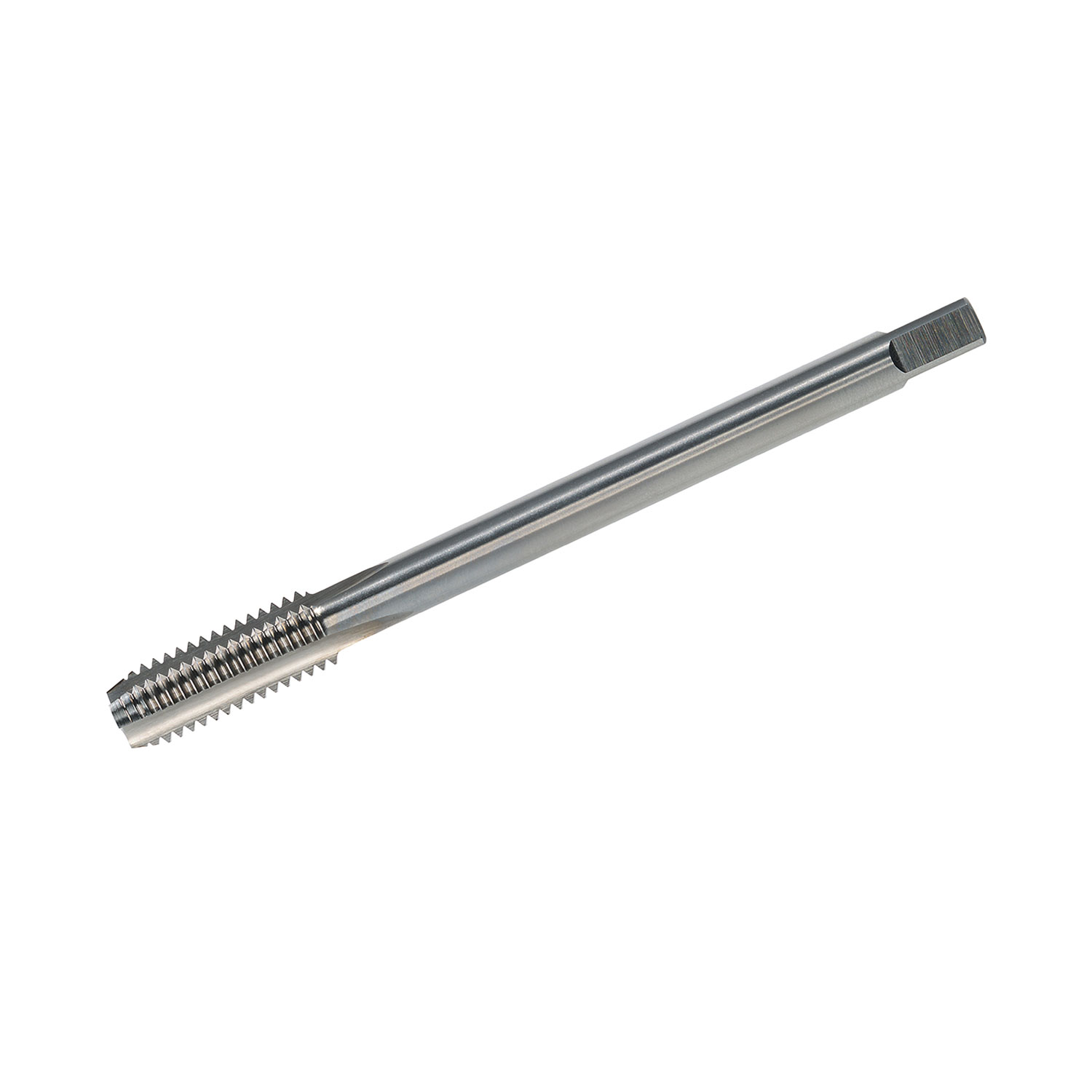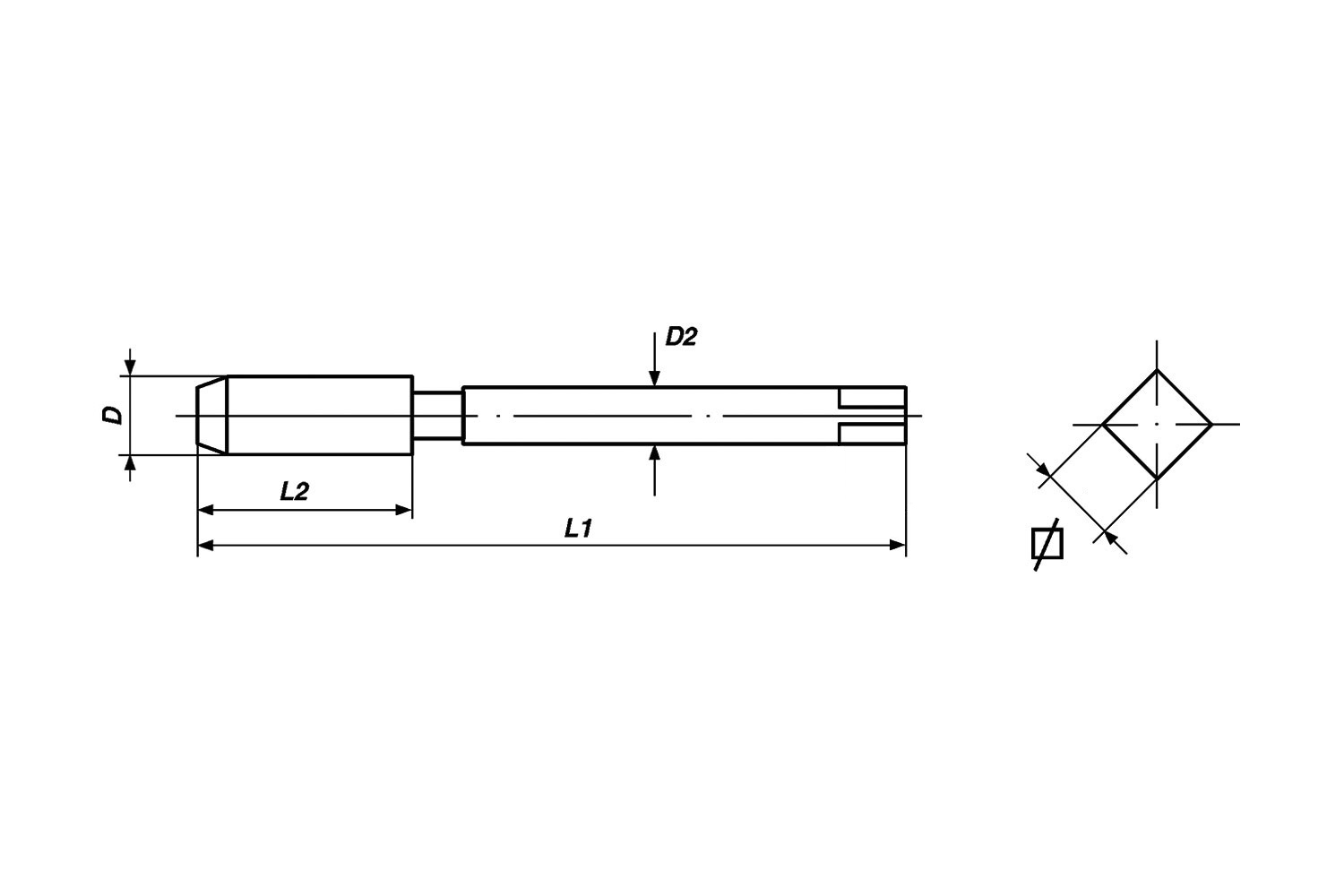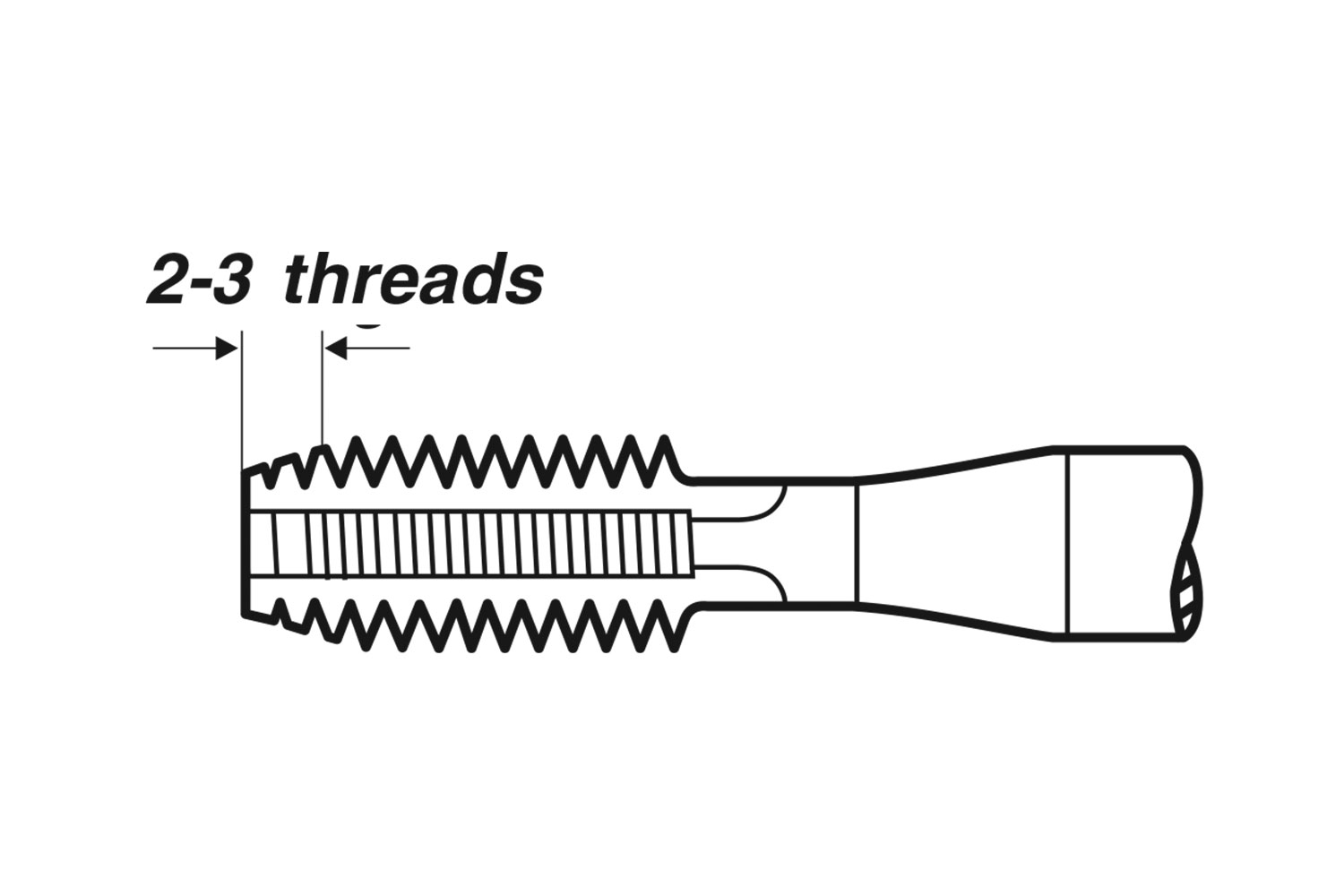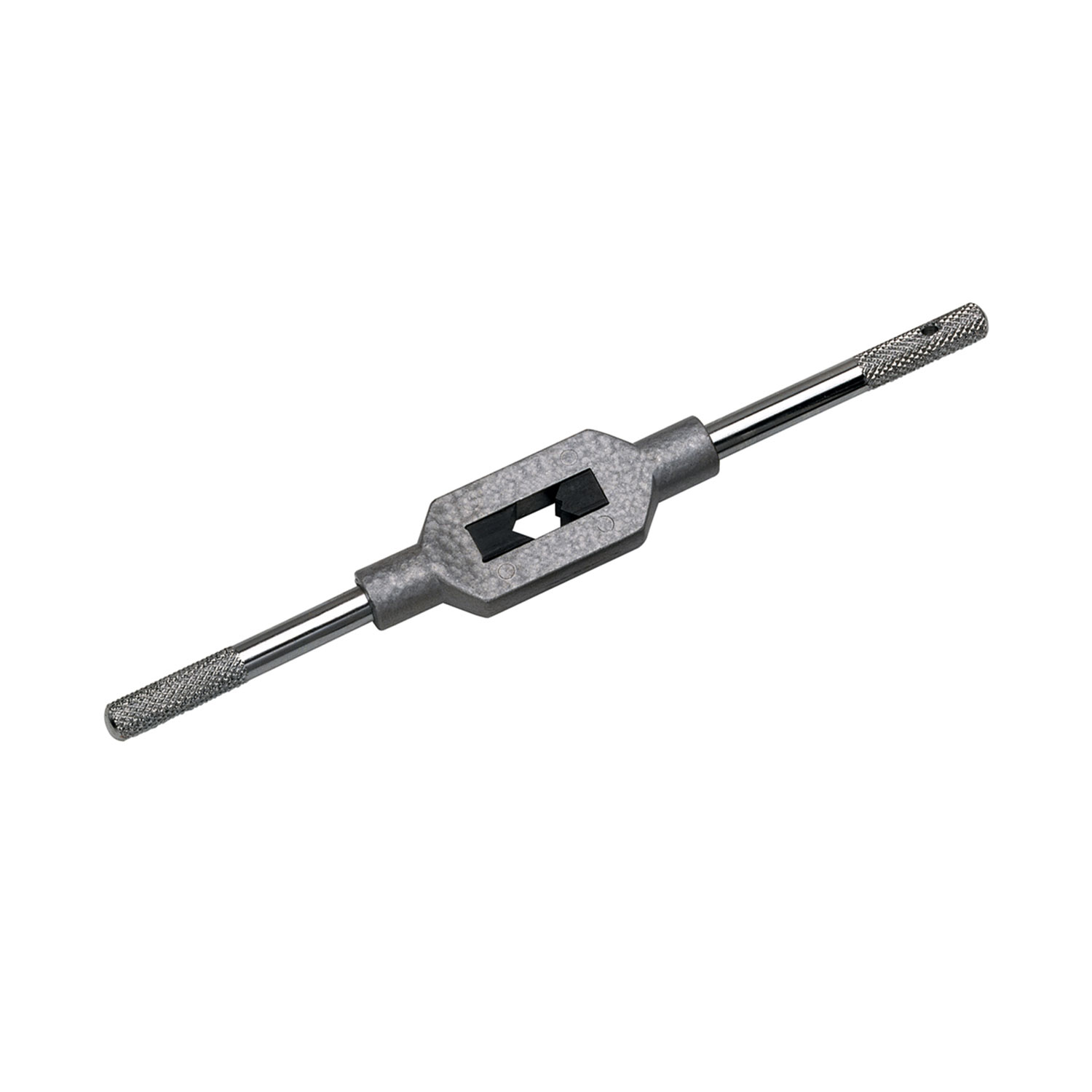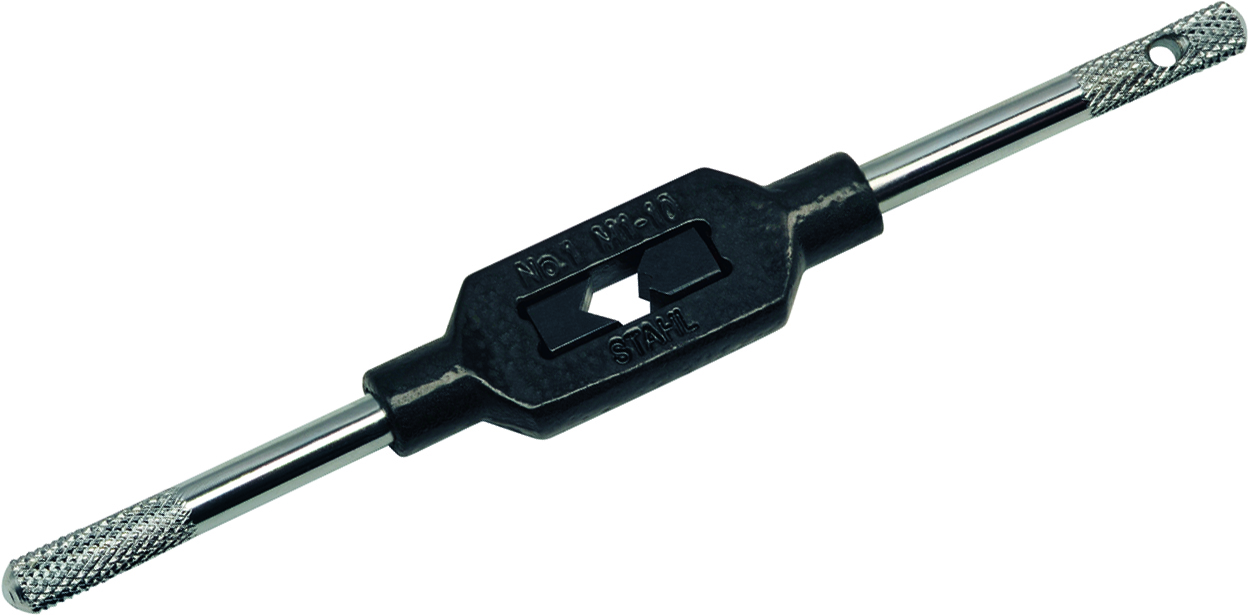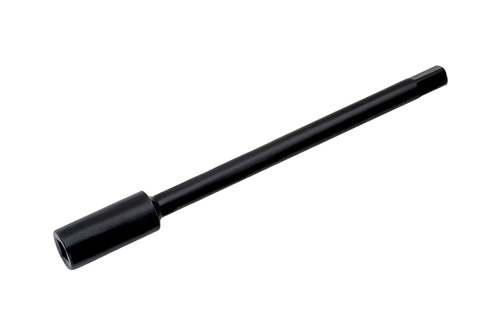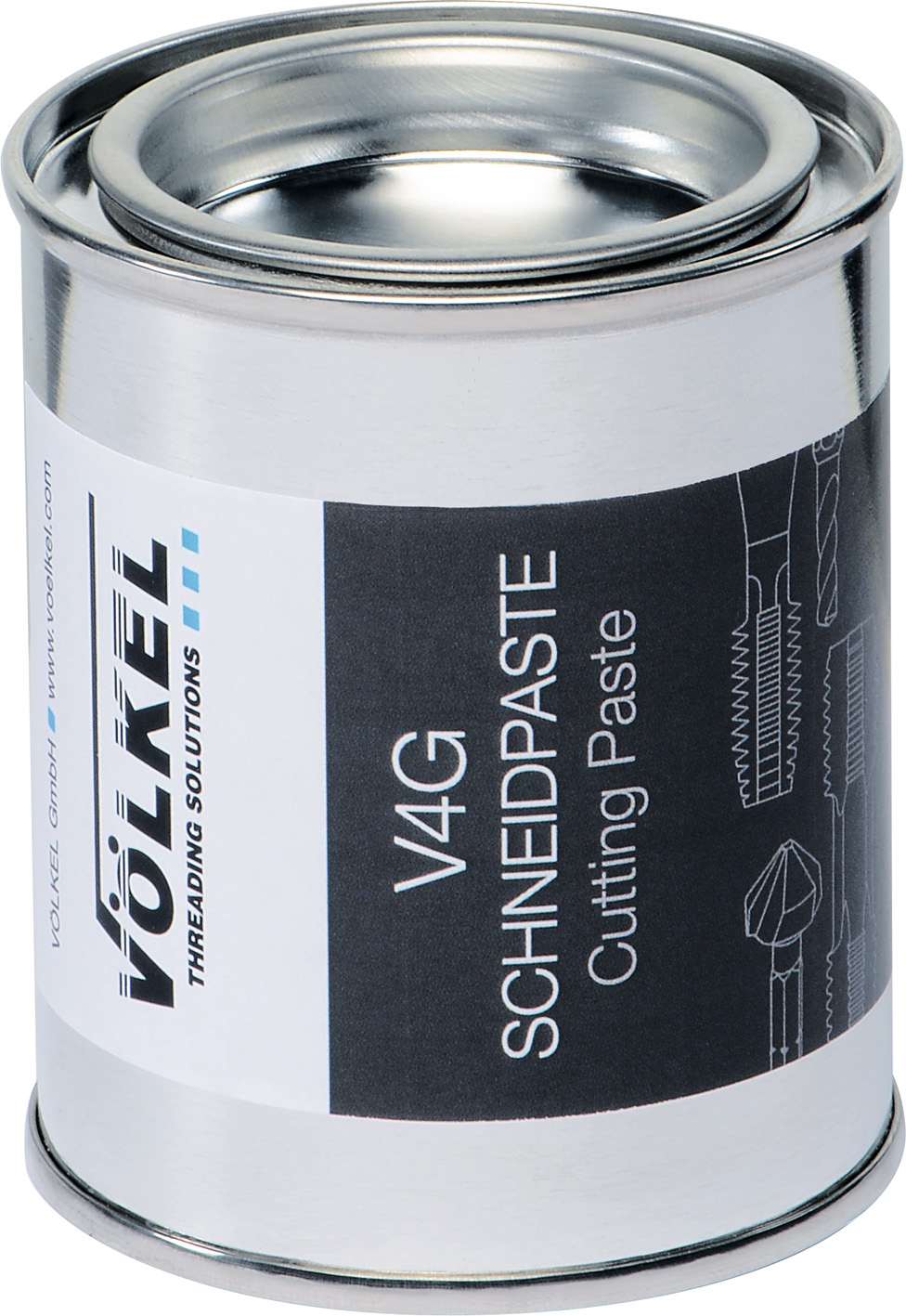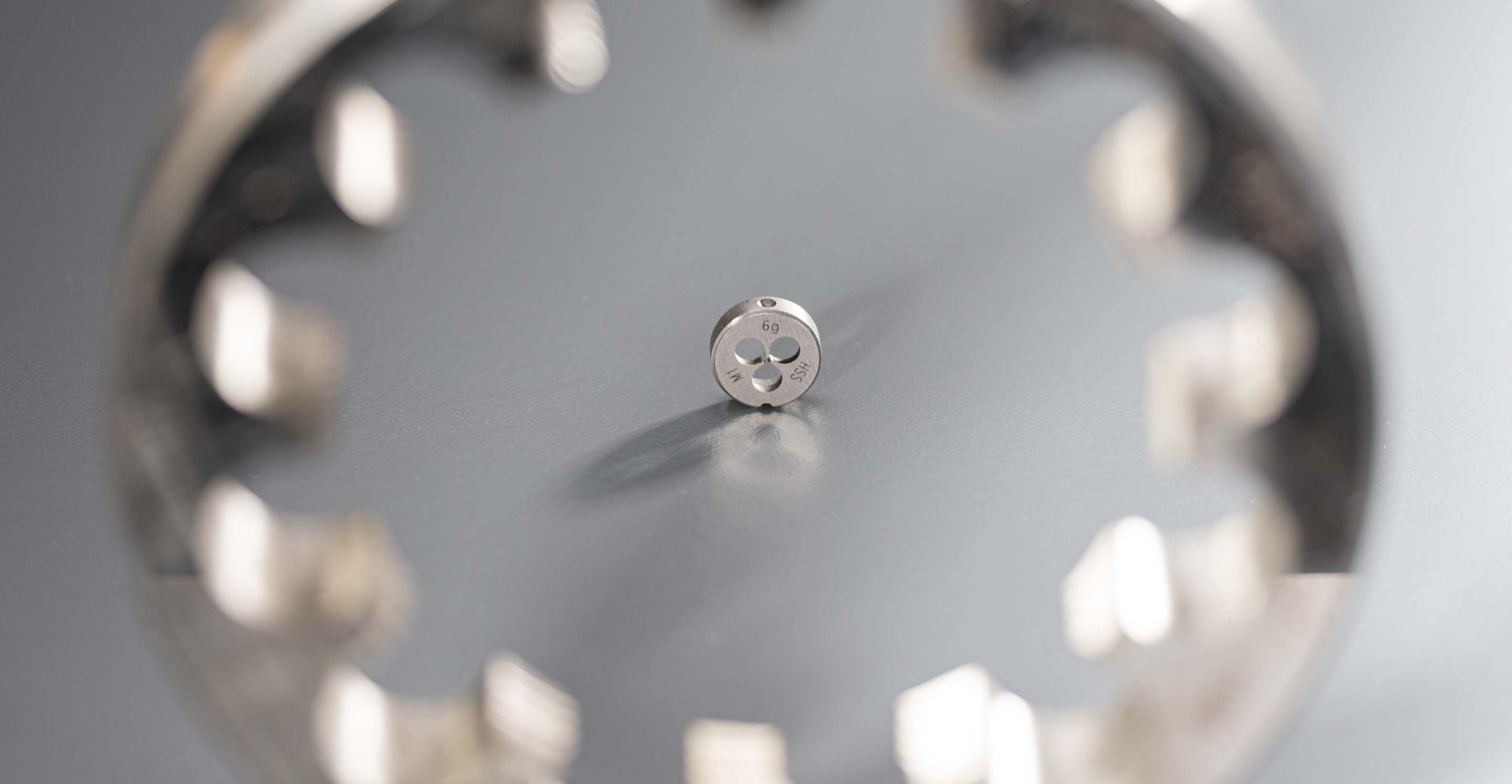Machine Tap DIN 374 Form C HSSE left hand thread - FG 14.3 x 20 LH
€120.00
VÖLKEL delivers exclusively to specialized dealers. Online you can buy VÖLKEL products here.
The prices are in Euro plus VAT and shipping, insurance and packaging costs.
VÖLKEL Machine Tap DIN 374 Form C HSSE Left Hand Thread - FG 14.3 x 20 LH
This machine tap is designed as a single-pass tap, specifically for machine thread cutting in a single operation. It's ideal for fast series production and repairs. The special feature of this tool is its left-hand thread (LH), which was developed specifically for the left pedal axle and crank arm on bicycles. Its high-quality HSSE material and short Form C chamfer allow for precise work in common metals.
Application
- for general use
- machinable materials up to 900 N/mm²
- unalloyed and low-alloyed steels
- for through and blind holes
- Special Application: Pedal axle and crank arm (left side)
Step-by-Step Instructions
- Drill core hole: Drill the core hole for the thread with the correct diameter. You can find the exact size in a thread chart for bicycle threads.
- Prepare the tool: Securely clamp the tap in the machine. Make sure the tool is correctly aligned.
- Lubrication: Apply a suitable cutting oil before cutting to minimize friction and extend the tool's life.
- Cut the thread: Start the machine and slowly feed the tap into the hole.
- Retraction: After the desired depth has been reached, carefully retract the tap.
- Inspection: Check the cut thread for cleanliness and precision.
Technical Data
- Thread Type: Bicycle Thread DIN 79012
- Standard: DIN 374
- Form: Form C
- Material: HSS-E
- Tolerance: medium
- Nominal Size: FG 14.3 x 20 - LH
- Overall Length (L1): 100 mm
- Thread Length (L2): 22 mm
- Shank Diameter (D2): 11 mm
- Square Drive: 9 mm
- EAN: 4022835794080
- Item Number: 79408
Frequently Asked Questions (FAQ)
Q1: Why does the left pedal have a left-hand thread?
A1: Contrary to the common belief, the reason is not that the pedaling motion tightens the pedal. Instead, a slight wobbling or "tumbling" movement of a loose pedal axle in the crank arm causes the axle to slowly rotate within the thread. This rotation is opposite to the pedaling direction. The left-hand thread on the left side is a technical precaution that uses this rolling rotation to tighten the pedal, preventing it from coming loose.
Q2: What are the consequences if the axle rotates within the thread?
A2: The slow rolling of the axle in the thread causes wear, which is known in mechanical engineering as fretting corrosion. This wear can be prevented by ensuring the pedal axle is securely seated in the thread, preventing any relative movement to the crank arm.
Q3: What is the FG bicycle thread standard?
A3: The FG bicycle thread is standardized according to DIN 79012 and has a flank angle of 60°. Different sizes exist for various bicycle parts. Common applications include the fork steerer tube (FG 25.4) and the pedal axles (FG 14.3 with right-hand and left-hand threads).
Q4: Why is this tool designed as a single-pass machine tap?
A4: As a single-pass tap, this tool cuts the thread in a single operation. This makes it particularly efficient for machine use, especially in the fast production of large quantities, as no additional steps are required.
Q5: What do "Form C" and "straight flutes" mean for this tap?
A5: The Form C design is a short lead of 2 to 3 threads. In combination with the straight flutes, this results in poor chip evacuation. Therefore, this tap should ideally be used for threads with a shallow depth in through or blind holes.
Q6: What is the difference between the German and English standards for bicycle threads?
A6: The German bicycle thread is standardized according to DIN 79012, while the English standard is BS 811 (British Standard Cycle, BSC). Although the nominal sizes are specified in mm and inches, respectively, the thread dimensions are largely identical.
Q7: What does the material designation HSS-E mean?
A7: HSS-E (High Speed Steel with Cobalt) is a high-performance alloyed high-speed steel. The addition of cobalt increases the tool's hardness, temperature resistance, and wear resistance. This leads to a significantly longer tool life, especially when machining materials that are difficult to cut.
Have more questions? We're happy to help! You can reach us anytime via our contact form.
| Type of thread | Cycle thread |
|---|---|
| Standard | DIN 374 |
| Form | Form C |
| Material | HSSE |
| Tolerance | medium |
| Size | FG 14.3 x 20 LH |
| Overall length (L1) | 100 mm |
| Thread length (L2) | 22 mm |
| Core hole diameter (D1) | 13.1 mm |
| Shank diameter (D2) | 11.0 mm |
| Drive connector | 9.0 mm |
| EAN | 4022835794080 |
| Item number | 79408 |
| Type of flute | straight fluted |
| Application | for through and blind holes |
| Thread standard | DIN 79012 |
VÖLKEL Machine Tap DIN 374 Form C HSSE Left Hand Thread - FG 14.3 x 20 LH
This machine tap is designed as a single-pass tap, specifically for machine thread cutting in a single operation. It's ideal for fast series production and repairs. The special feature of this tool is its left-hand thread (LH), which was developed specifically for the left pedal axle and crank arm on bicycles. Its high-quality HSSE material and short Form C chamfer allow for precise work in common metals.
Application
- for general use
- machinable materials up to 900 N/mm²
- unalloyed and low-alloyed steels
- for through and blind holes
- Special Application: Pedal axle and crank arm (left side)
Step-by-Step Instructions
- Drill core hole: Drill the core hole for the thread with the correct diameter. You can find the exact size in a thread chart for bicycle threads.
- Prepare the tool: Securely clamp the tap in the machine. Make sure the tool is correctly aligned.
- Lubrication: Apply a suitable cutting oil before cutting to minimize friction and extend the tool's life.
- Cut the thread: Start the machine and slowly feed the tap into the hole.
- Retraction: After the desired depth has been reached, carefully retract the tap.
- Inspection: Check the cut thread for cleanliness and precision.
Technical Data
- Thread Type: Bicycle Thread DIN 79012
- Standard: DIN 374
- Form: Form C
- Material: HSS-E
- Tolerance: medium
- Nominal Size: FG 14.3 x 20 - LH
- Overall Length (L1): 100 mm
- Thread Length (L2): 22 mm
- Shank Diameter (D2): 11 mm
- Square Drive: 9 mm
- EAN: 4022835794080
- Item Number: 79408
Frequently Asked Questions (FAQ)
Q1: Why does the left pedal have a left-hand thread?
A1: Contrary to the common belief, the reason is not that the pedaling motion tightens the pedal. Instead, a slight wobbling or "tumbling" movement of a loose pedal axle in the crank arm causes the axle to slowly rotate within the thread. This rotation is opposite to the pedaling direction. The left-hand thread on the left side is a technical precaution that uses this rolling rotation to tighten the pedal, preventing it from coming loose.
Q2: What are the consequences if the axle rotates within the thread?
A2: The slow rolling of the axle in the thread causes wear, which is known in mechanical engineering as fretting corrosion. This wear can be prevented by ensuring the pedal axle is securely seated in the thread, preventing any relative movement to the crank arm.
Q3: What is the FG bicycle thread standard?
A3: The FG bicycle thread is standardized according to DIN 79012 and has a flank angle of 60°. Different sizes exist for various bicycle parts. Common applications include the fork steerer tube (FG 25.4) and the pedal axles (FG 14.3 with right-hand and left-hand threads).
Q4: Why is this tool designed as a single-pass machine tap?
A4: As a single-pass tap, this tool cuts the thread in a single operation. This makes it particularly efficient for machine use, especially in the fast production of large quantities, as no additional steps are required.
Q5: What do "Form C" and "straight flutes" mean for this tap?
A5: The Form C design is a short lead of 2 to 3 threads. In combination with the straight flutes, this results in poor chip evacuation. Therefore, this tap should ideally be used for threads with a shallow depth in through or blind holes.
Q6: What is the difference between the German and English standards for bicycle threads?
A6: The German bicycle thread is standardized according to DIN 79012, while the English standard is BS 811 (British Standard Cycle, BSC). Although the nominal sizes are specified in mm and inches, respectively, the thread dimensions are largely identical.
Q7: What does the material designation HSS-E mean?
A7: HSS-E (High Speed Steel with Cobalt) is a high-performance alloyed high-speed steel. The addition of cobalt increases the tool's hardness, temperature resistance, and wear resistance. This leads to a significantly longer tool life, especially when machining materials that are difficult to cut.
Have more questions? We're happy to help! You can reach us anytime via our contact form.

